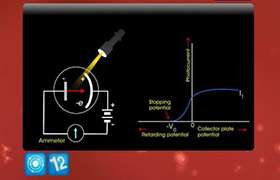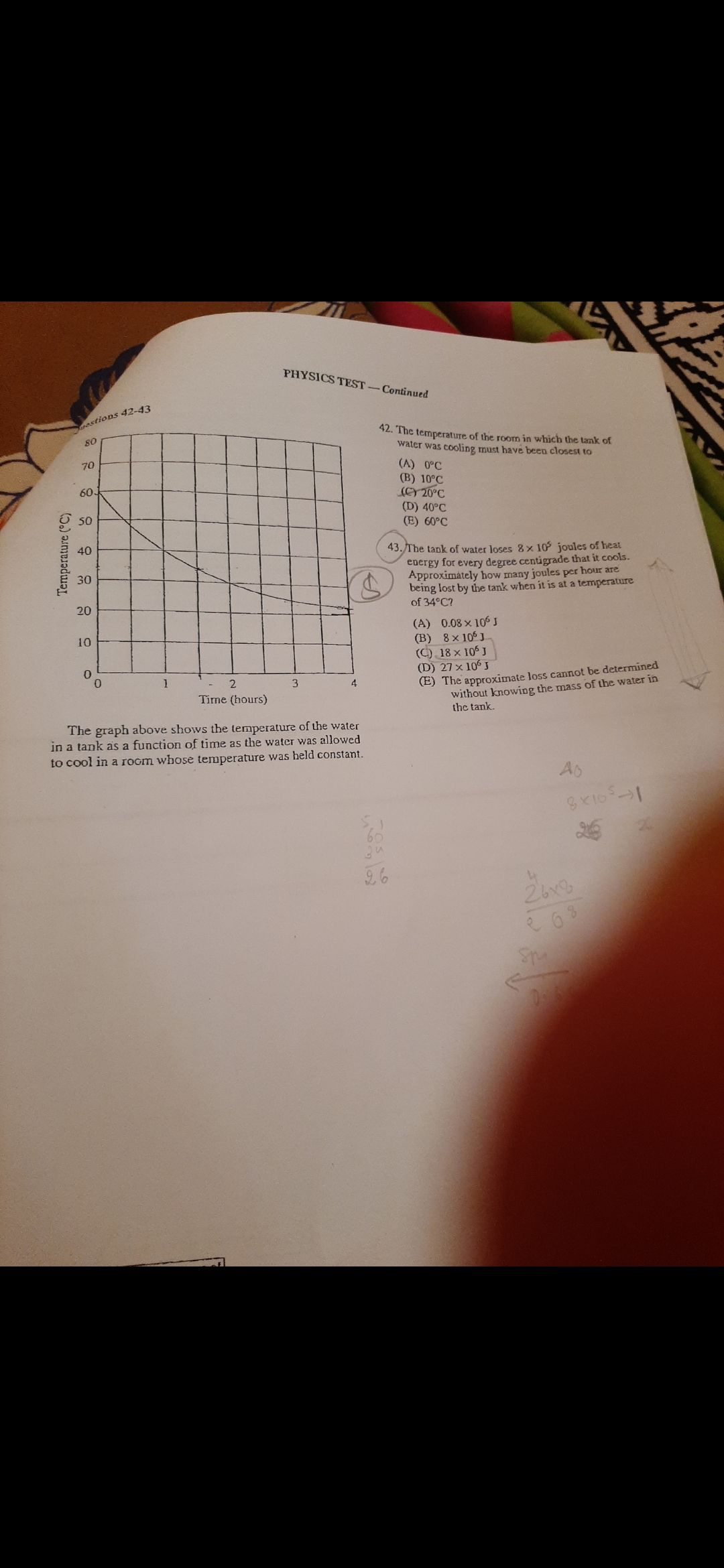CBSE Class 12-science Answered
Define centripetal acceleration(radial acceleration). Derive an expression for centripetal acceleartion in UCM by Vector method.
Asked by Asif Ansari | 28 Jun, 2011, 02:32: AM
|
Centripetal acceleration is the rate of change of tangential velocity.
While moving in a circular path, an object is constantly being pulled "towards the center" of the circle away from its tangential path. Envision a stopper on the end of a string being twirled over your head in a horizontal circle. If the string were to break, the stopper would "fly off at a tangent." The tension in the string is forcing the stopper to constantly be pulled back towards the center to follow a circular, instead of a linear, path.
 As shown in the diagram above, in a certain amount of time, ?t, an object traveling in a circular path would move from position A at time t1 where its velocity is labeled vo to position B at time t2 where its velocity is labeled vf. Note that the magnitude of vf equals that of vo since we are only changing the direction of the velocity, not the object's speed.
Remember that acceleration equals ?v/?t. To diagram this acceleration, we must be able to diagram the resultant change in velocity, or ?v. Thus we must recognize the orientation of the vector -vo. Since the vector vo points to the right, the vector -vo would have the exact same magnitude but point in the opposite direction.
 The direction of the acceleration that an object experiences during an interval of time, ?t, is illustrated in the next diagram by showing the direction of vf - vo. To diagram the vector resultant vf - vo, we will use the head-to-tail method of vector addition where
?v = vf - vo = vf + (- vo)
 Notice that the resultant velocity, ?v, starts at the beginning of the vector vf and terminates at the end of the vector -vo.
This relation can also be seen in the following diagram when we merely rearranged the vector equation ?v = vf - vo to read vo + ?v = vf .
 Notice that vf is now the resultant vector since vf starts at the beginning of the vector vo and terminates at the end of the vector ?v.
Note that in both cases, ?v points to the center of the circle reflecting that the acceleration is also directed towards the center of the circle.
  |
|
We begin out derivation of the magnitude of this centripetal acceleration by comparing two similar triangles.
The first triangle illustrates the relation s = r?. In the time interval ?t, the object traveled from point A to point B, traversing through an angle of magnitude ? and along an arc of length s as shown in the following diagram. Note that as ?t ? 0, the length of the arc, s, would approach the length of the chord, c**.
 Now let's look at the angles formed by vf and vo. Since vo and vf are both tangential velocities, they are perpendicular to their respective radii. Since OACB is a quadrilateral, the sum of its interior angles must equal 360º.
Consequently, in our second triangle formed by ?v = vf - vo, vf and - vo will also meet each other at an angle ?.
A comparison of corresponding parts of these two similar isosceles triangles yields
 where |-vo| = |vf| = v In a small time interval ?t, the arc length s ? c. And since we also know that distance = rate * time, we can replace the length of the chord, c, with the expression s = v?t which results in the next ratio
that algebraically simplifies to
Since a = ?v / ?t,
 where we have added the subscript c to represent the term centripetal since this formula only applies to objects moving in uniform circular motion.
For an object traveling with a constant speed we may use the relationship d = rt. For a circular path, d equals the circumference, C = 2?r and t equals the time for one revolution, or the period, T
 Substituting this expression for c into the equation for centripetal acceleration,
 Uniform circular motion requires that the object MUST move at a constant speed; therefore it can only move in a horizontal circle - that is, one in which gravity is always perpendicular to the object's tangential velocity. When moving in vertical circles, the objects speed is always changing and the object is not considered to be moving in uniform circular motion.
|
Answered by | 28 Jun, 2011, 10:50: PM
Concept Videos
CBSE 12-science - Physics
Asked by mishrigupta19319 | 08 Apr, 2024, 06:28: PM
CBSE 12-science - Physics
Asked by mishrigupta19319 | 07 Apr, 2024, 11:23: AM
CBSE 12-science - Physics
Asked by mazhartahsildar143 | 07 May, 2020, 01:44: PM
CBSE 12-science - Physics
Asked by Hemanthrakshitha95 | 03 Mar, 2020, 02:55: PM
CBSE 12-science - Physics
Asked by shivakumarshreyas24 | 01 Mar, 2020, 08:12: AM
CBSE 12-science - Physics
Asked by khushimassey437 | 31 May, 2019, 08:41: AM
CBSE 12-science - Physics
Asked by jain.pradeep | 26 May, 2019, 06:42: PM
CBSE 12-science - Physics
Asked by manasvijha | 19 Mar, 2019, 07:17: PM
CBSE 12-science - Physics
Asked by rohitraman1115 | 08 Jan, 2019, 04:33: PM
CBSE 12-science - Physics
Asked by Topperlearning User | 21 May, 2014, 09:18: AM














